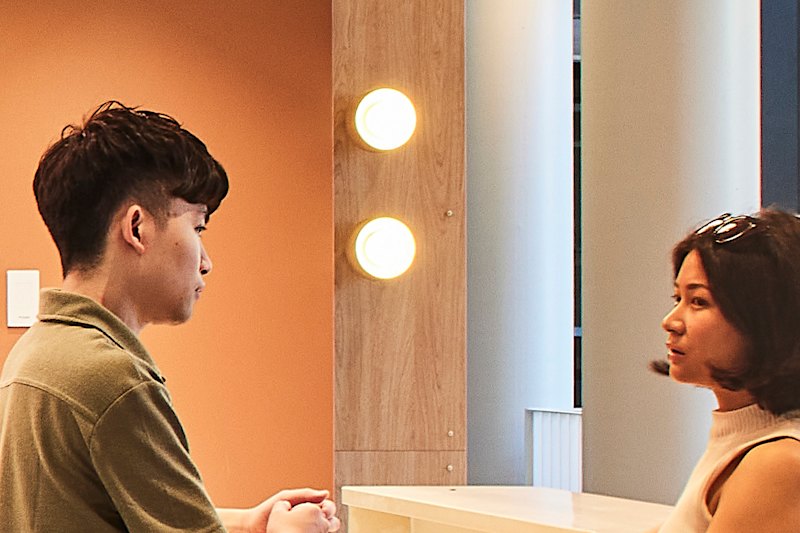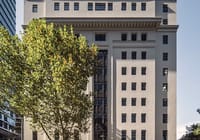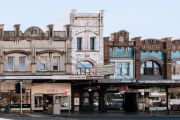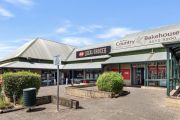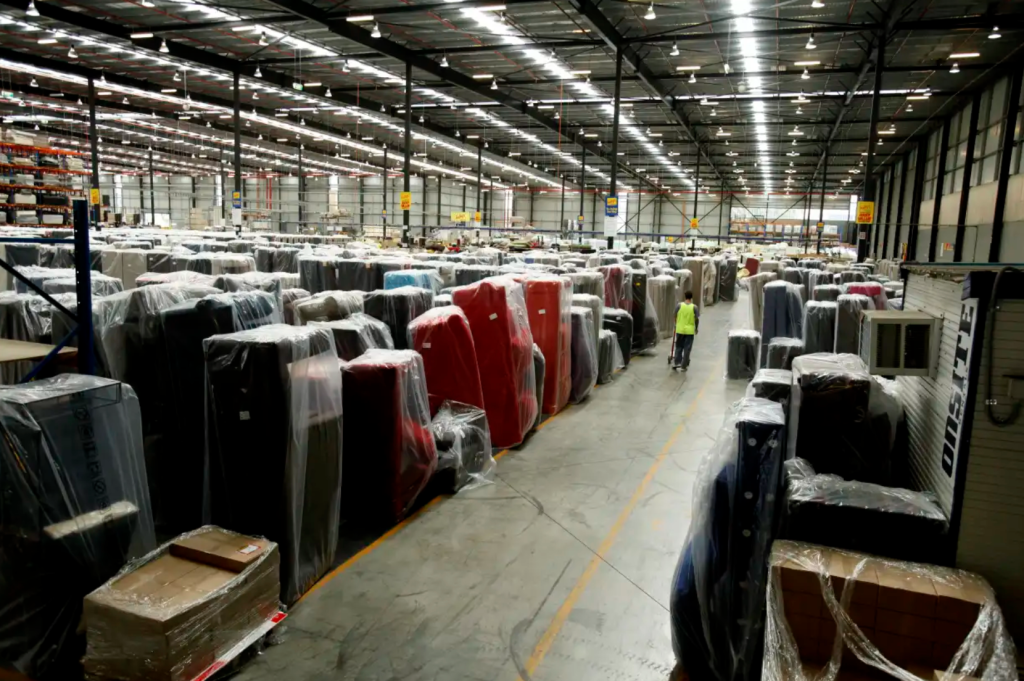
Industrial property take-up hits new high
A reshaping of Australia’s economy drove the biggest ever take-up of industrial space in the June quarter, as industries such as construction and manufacturing secured capacity in response to their growing need to hold stock on shore in response to pandemic-disrupted global supply chains.
Gross industrial space take-up in the second quarter topped 1.18 million square metres, a record that beat the March quarter’s then-record 1.15 million square metres, JLL figures show.
Take-up over the past 12 months totalled 3.82 million square metres, a 59 per cent increase on the 10-year average of 2.4 million square metres per annum. This was partly due to the boost the pandemic gave online shopping, but a further large factor was the precariousness of supply chains that has seen timber, steel and even polystyrene run short.
“It’s not all about e-commerce,” said Annabel McFarlane, JLL’s senior director of logistics and industrial research in Australia.
“There’s definitely some evidence that there’s more onshoring of stock. The whole just-in-time thing is not so important any more. You must have it in stock.”
The current wave of industrial expansion is not just about storing materials. Pharmaceutical company CSL is investing $800 million on a new vaccine production plant at Melbourne’s Tullamarine airport.
New development is racing ahead, with 800,000 square metres’ worth of new projects commencing during the quarter – a new high – across 33 projects.
“These projects have seen healthy levels of occupier interest and secured a pre-commitment rate above 50 per cent,” Ms McFarlane said.
“While the development pipeline is significantly de-risked, a number of developers are willing to undertake speculative development to have product available to capture upcoming occupier demand at higher rental levels.”
Manufacturing-related companies took up 242,000 square metres over the quarter – almost one-fifth of the total and the sector’s highest quarterly level in more than three years. Construction-related manufacturing such as steel fabrication and furniture making, featured highly.
Companies taking space over the quarter included GAM Steel (59,700sq m in western Melbourne’s Altona North), Jalco Group’s (20,240sq m in western Sydney’s Horsley Park) and Concept Architectural Systems (13,500sq m in Broadmeadows in Melbourne’s north).
New space taken by construction companies totalled 45,800 square metres – close to double the 10-year average quarterly take-up in the sector. JLL said new commitments by Fleetwood Australia (14,400sq m in western Melbourne’s Derrimut), Watpac (12,100sq m in Tullamarine), Form700 (8320sq m in Derrimut), Boral (7580sq m in Derrimut and 8000sq m in Brisbane’s Darra) and Hyne Timber (12,600sq m in Port of Brisbane).
Melbourne saw the highest proportion of leasing activity over the quarter, equivalent to 38 per cent of the national total and more than double its long-term average. The Victorian capital, along with Sydney and Brisbane, accounted for 90 per cent of all take-up in the three months to June.
Limited supply of stock is pushing up rents, with Melbourne’s west recording quarterly rental growth of 4.7 per cent and Sydney’s inner west rising 3.4 per cent, JLL said. The strength was flowing through to secondary stock in some areas, such as Melbourne’s west, where secondary rents rose 10 per cent and in the city’s south-east, where they rose 3 per cent.


